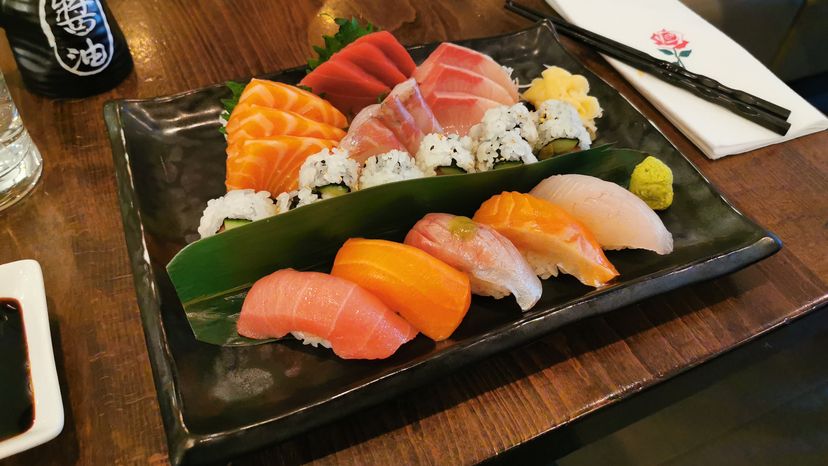The art of preparing nigiri and sashimi involves a combination of culinary skill, scientific principles, and cultural traditions. Let's delve into the science behind these exquisite Japanese dishes.
Freshness and Quality
One of the critical factors in nigiri and sashimi is the freshness and quality of the fish or meat. The raw ingredients must be of the highest quality to ensure optimal taste, texture, and safety. Japanese chefs adhere to strict standards when selecting fish, considering factors such as color, smell, texture, and the conditions in which the fish was caught and handled.
Fresh fish has a firm texture, vibrant color, and a mild, clean aroma. It should not have a strong fishy odor, which may indicate that the fish is past its prime. The quality of the fish directly affects the overall dining experience, and skilled chefs have a keen eye for selecting the best ingredients.
The Art of Knife Skills
The precise and delicate slicing of fish or meat is a crucial aspect of nigiri and sashimi preparation. Japanese chefs undergo years of training to master the art of knife skills, which involves techniques such as sashimi-bocho (sashimi knife) and usuba-bocho (vegetable knife).
The knives used by chefs are meticulously crafted with a sharp, single-edged blade, allowing for clean and precise cuts. The angle and pressure applied during slicing play a significant role in achieving thin and uniform slices, enhancing the visual appeal and texture of the final dish.
Food Safety Considerations
Food safety is of utmost importance when it comes to preparing raw fish or meat. The potential risks associated with consuming raw seafood, such as bacterial or parasitic infections, require strict adherence to hygiene and handling practices.
Japanese chefs follow rigorous protocols to ensure the safety of their dishes. They carefully inspect the fish for any signs of contamination, handle it with precision, and store it at the proper temperature to minimize the growth of harmful bacteria.
It is crucial for home cooks to exercise similar caution when preparing nigiri or sashimi. This includes purchasing sushi-grade fish from reputable sources, storing it at the appropriate temperature, and practicing proper food handling techniques.
Preserving Tradition and Technique
Nigiri and sashimi are not only about taste and aesthetics but also about preserving the traditional techniques and cultural heritage of Japanese cuisine. The meticulous attention to detail, adherence to time-honored methods, and the pursuit of excellence are all integral to the art of nigiri and sashimi.
Japanese chefs pass down their knowledge and skills from one generation to the next, ensuring that the tradition lives on. The combination of science and tradition creates a culinary experience that reflects both the mastery of technique and the respect for the ingredients.
